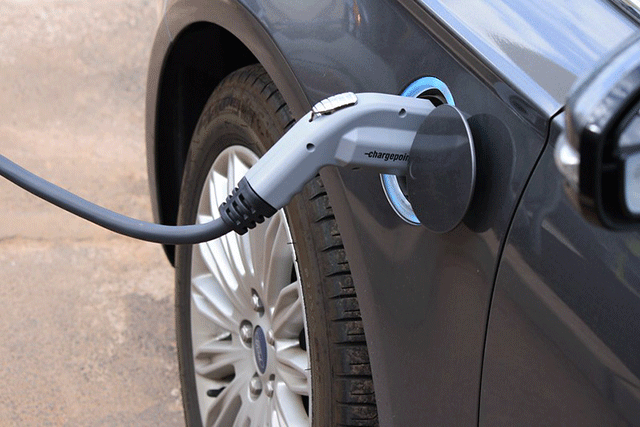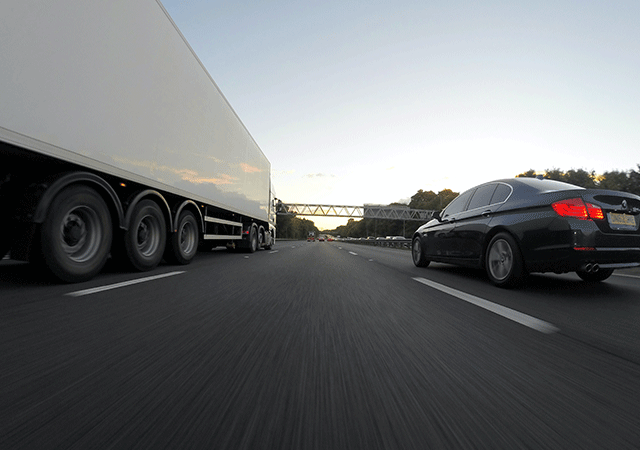Now that there are dozens of electric vehicle (EV) options available in the market today, several uncertainties remain. We recently caught up with automotive PR expert Michael Szudarek from Marx Layne & Company to discuss further.
How will EV charging stations sustain thousands of vehicles when there are currently only 46,000 set up in the U.S.? Add to that the inequity that exists. The typical EV owner is a suburban white male, which is where most of the charging stations currently reside.
However, as technology improves, market experts predict the price will fall, making mass adoption of the EV inevitable in the next ten years. Unfortunately, the way EV charging stations are set up now; marginalized communities are excluded. For example, most Whole Foods grocery stores come with at least a few EV charging stations included in the stores’ parking lots. But if an EV owner makes the trip to an inner-city grocery store, only standard parking lot spots exist.
The Infrastructure Law that passed late last year will spend $5 billion for building a network of 500,000 charging stations all over the country. The law sets aside 10% each year for states to create goals to fill in the network. The White House vows that the stations will be “convenient and equitable.” President Joe Biden worked with automakers and American leadership to make EV sales 50% of the market by 2030.
To that end, Biden created a joint office between the Departments of Energy and Transportation. Both departments will find synergies to improve resources, talent, and experience. The departments will work together to implement the EV charging network and other electrification provisions in the Infrastructure Law.
The White House also promises to include such stakeholders as state and local government, domestic manufacturing, and environmental and civil rights groups to ensure the EV initiative will include such marginalized communities.
One of the major reasons why the White House is seeking to end the EV charging station inequity comes down to two words: air pollution. Air pollution continues to affect Americans of color disproportionately. For example, a recent study found that Black and Hispanic people are subjected to 60 percent more pollutants.
The second issue Americans must face to make EV adoption widespread: training and converting auto mechanics capable of repairing and maintaining fossil-fuel-free vehicles. Currently, there is a shortage of qualified mechanics to service EVs.

When an EV owner takes the car to a typical mechanic, the owner often is turned away and asked to go to the dealership where the vehicle was purchased.
Some automakers foresaw this issue. For example, Tesla recently reached out to Manchester Community College in New Hampshire to bring new technicians to the industry.
The biggest challenge, say, mechanic educators, is current curriculum spends so much time on the “righty-tighty, lefty-loosey” basics. Then students move on to brakes, lights, and steering. As it exists right now, the automotive education world lacks the training and the equipment. Auto-tech instructors are relegated to teaching safety around high-voltage electronics. Basically, students learn not what to touch.
Many community colleges now assess how best to catch up on electric-vehicle mechanics. It also doesn’t entail your average grease monkey with oil-stained hands. Software developers also will be in need, but the stakes are very high as a software failure in an EV could be a life-or-death issue.
Most cars today, including fossil-fuel ones, operate as a small computer that controls the engine, the audio system, and other components. EVs rely more on a computerized system. Educators say mechanics won’t have to write lines of code, but they’ll need to get over their technology fears to service EVs.













